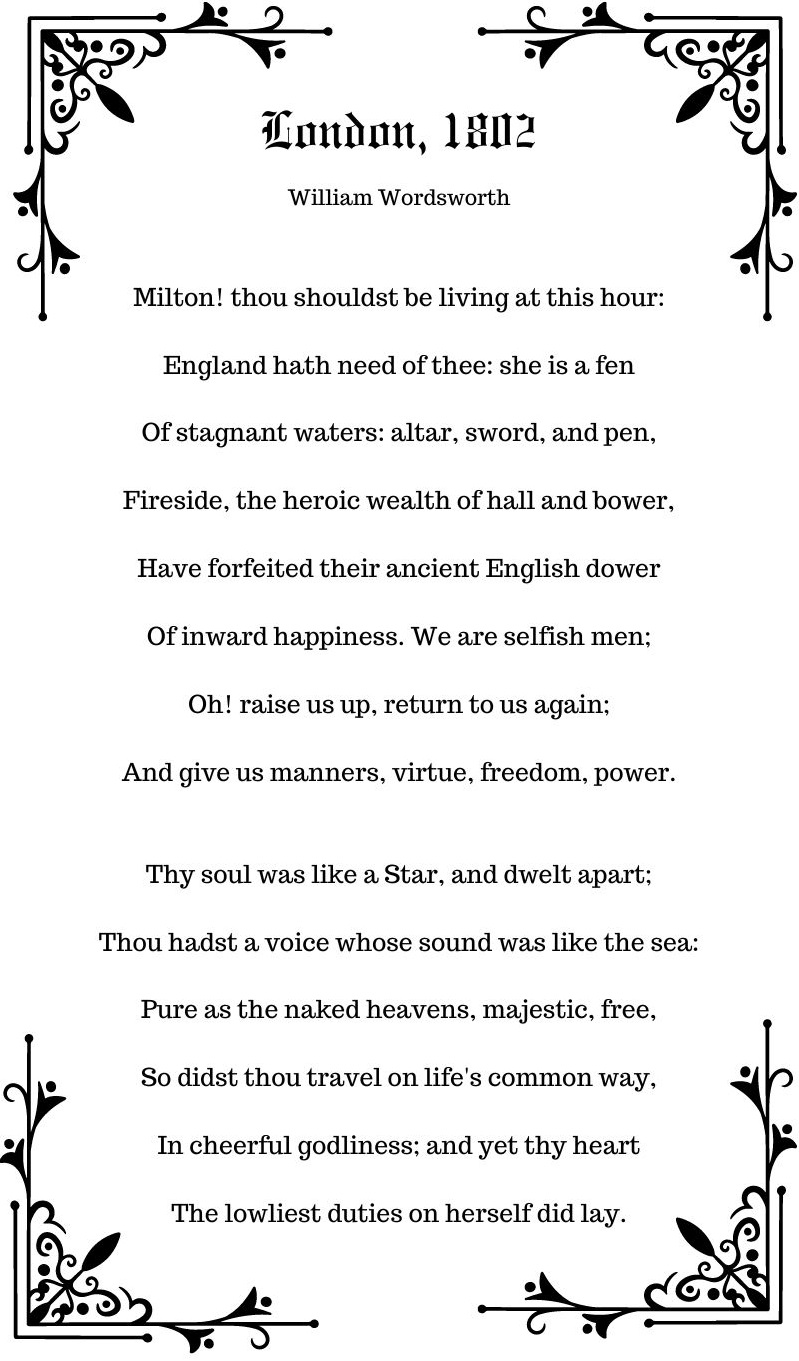The main distinction between Shakespearean and Petrarchan sonnets lies in their structure. A Shakespearean sonnet consists of three quatrains (four-line stanzas) and a concluding couplet, whereas a Petrarchan sonnet has an octave (eight-line stanza) and a sestet (six-line stanza).
Key Takeaways
- Shakespearean sonnets have a structure of three quatrains and a couplet, while Petrarchan sonnets have an octave and a sestet.
- Shakespearean sonnets usually follow the rhyme scheme ABAB CDCD EFEF GG, whereas the octave in a Petrarchan sonnet typically follows ABBAABBA, and the sestet can vary, often following CDECDE or CDCDCD.
- Both types of sonnets have 14 lines and are generally written in iambic pentameter.
What is a Shakespearean Sonnet
The Shakespearean sonnet is a poetic form popularized by renowned English playwright and poet William Shakespeare. It has a unique structure and rhyme scheme, consisting of 14 lines divided into three quatrains and a final couplet. The rhyme scheme typically follows ABAB CDCD EFEF GG. The volta, or “turn,” occurs towards the end of the third quatrain and marks a shift in the poem’s mood, signifying a change in the poet’s thinking or perspective. Each line of a Shakespearean sonnet is written in iambic pentameter, which consists of five iambs, or pairs of syllables where the second syllable is stressed. Shakespeare’s sonnets have profoundly influenced English literature and continue to be celebrated for their artistry and emotional depth.
What is a Petrarchan Sonnet
The Petrarchan sonnet is a poetic form that originated in Italy and was popularized by the Italian poet Francesco Petrarch in the 14th century. It is named after him and is also known as an Italian sonnet. A Petrarchan sonnet consists of 14 lines and follows a specific rhyme scheme. The poem is divided into two parts: an octave and a sestet. The rhyme scheme of the octave is typically ABBAABBA, while the sestet can have various rhyme schemes, such as CDCDCD or CDECDE.
The first four lines of the octave introduce a problem or conflict, while the next part explains the problem or provides more information to the reader. The sestet starts with a volta, signaling a shift in the conflict towards a solution or resolution. The sestet works to wrap up the problem and offer a way forward or a new perspective. Petrarchan sonnets traditionally explore themes of love, beauty, and idealized emotions. The Petrarchan sonnet form has been widely used by poets in different languages and cultures since Petrarch’s time, influencing the development of sonnet writing in English and remaining a popular choice for many poets.
What are the Similarities Between Shakespearean and Petrarchan Sonnet
Both types of sonnets consist of 14 lines and are generally written in iambic pentameter. Additionally, both have a volta.
What is the Difference Between Shakespearean and Petrarchan Sonnet
The key difference between Shakespearean and Petrarchan sonnet is the structure, with a Shakespearean sonnet having three quatrains and a concluding couplet, while a Petrarchan sonnet has an octave and a sestet. Furthermore, Shakespearean sonnets often follow the pattern ABAB CDCD EFEF GG, while Petrarchan sonnets have a specific rhyme scheme for the octave (usually ABBAABBA) and a variable rhyme scheme for the sestet (commonly CDECDE or CDCDCD).
Summary – Shakespearean vs Petrarchan Sonnet
Shakespearean and Petrarchan sonnets are two of the most popular forms of poetry in English literature. Their key difference lies in their structure, with a Shakespearean sonnet consisting of three quatrains and a couplet, and a Petrarchan sonnet featuring an octave and sestet.
